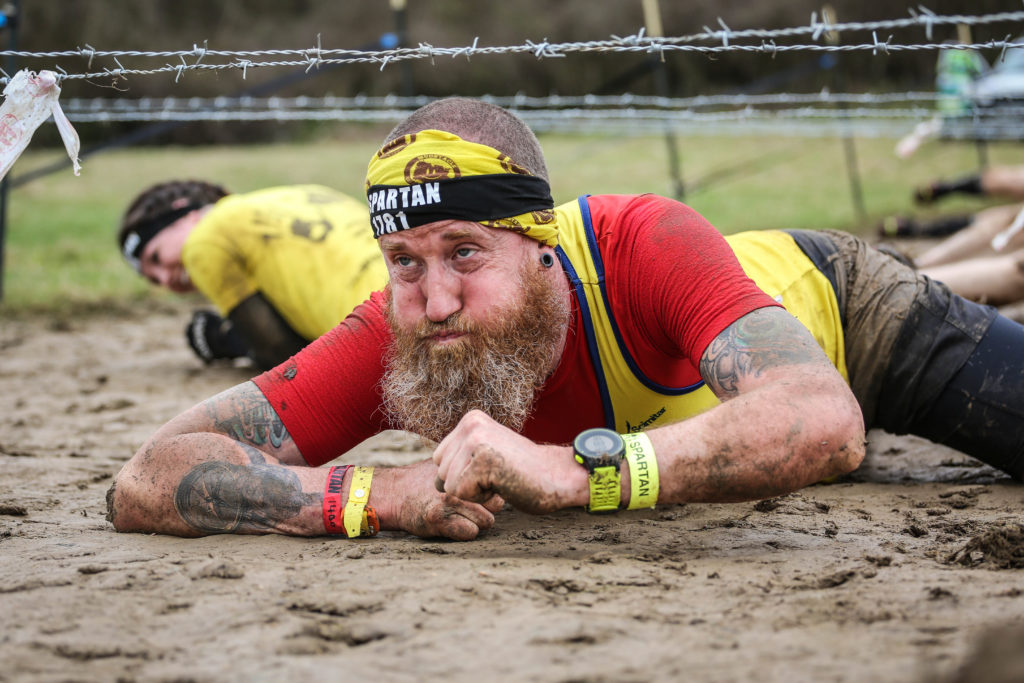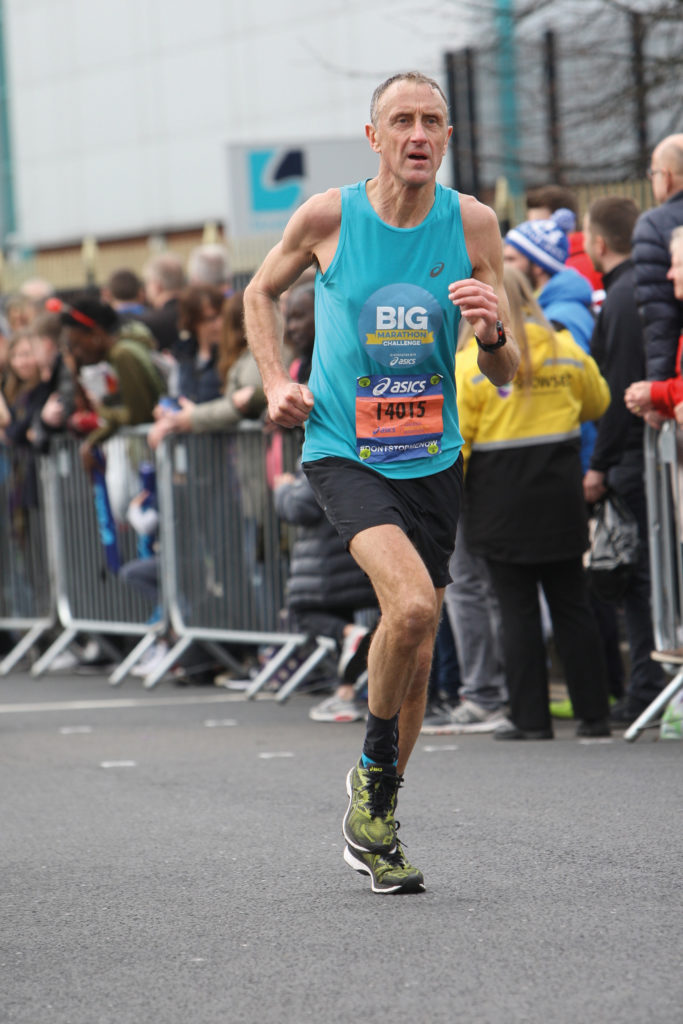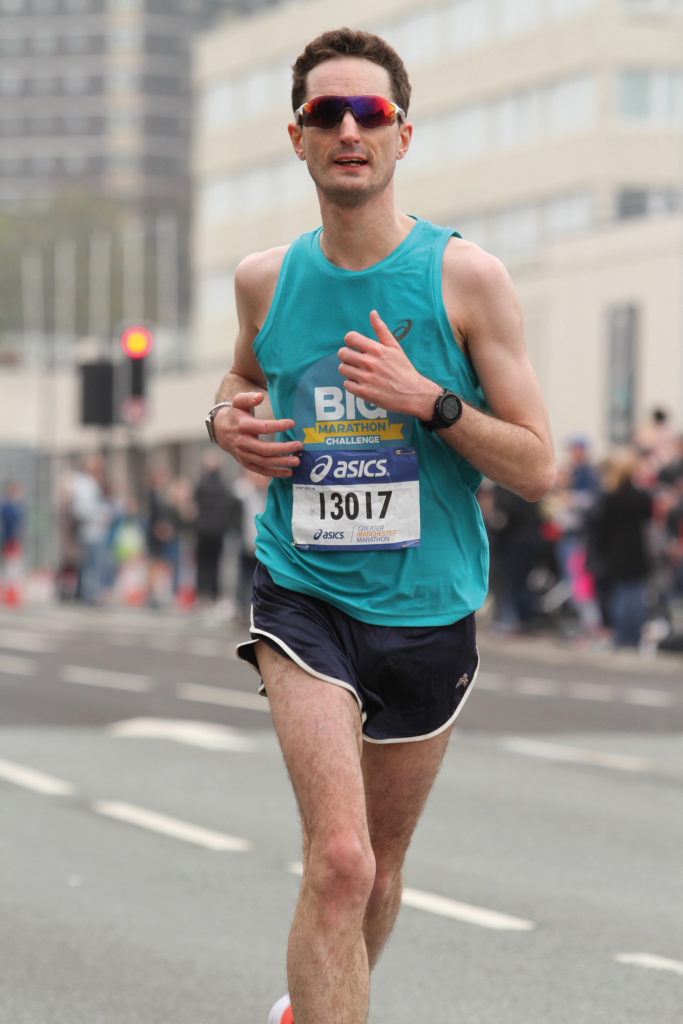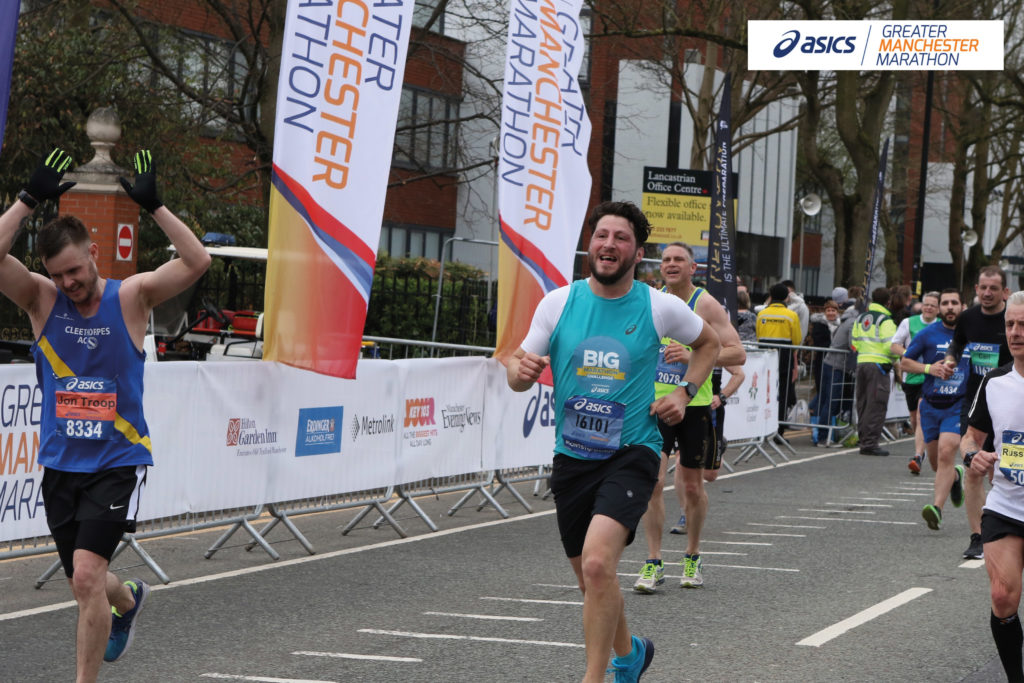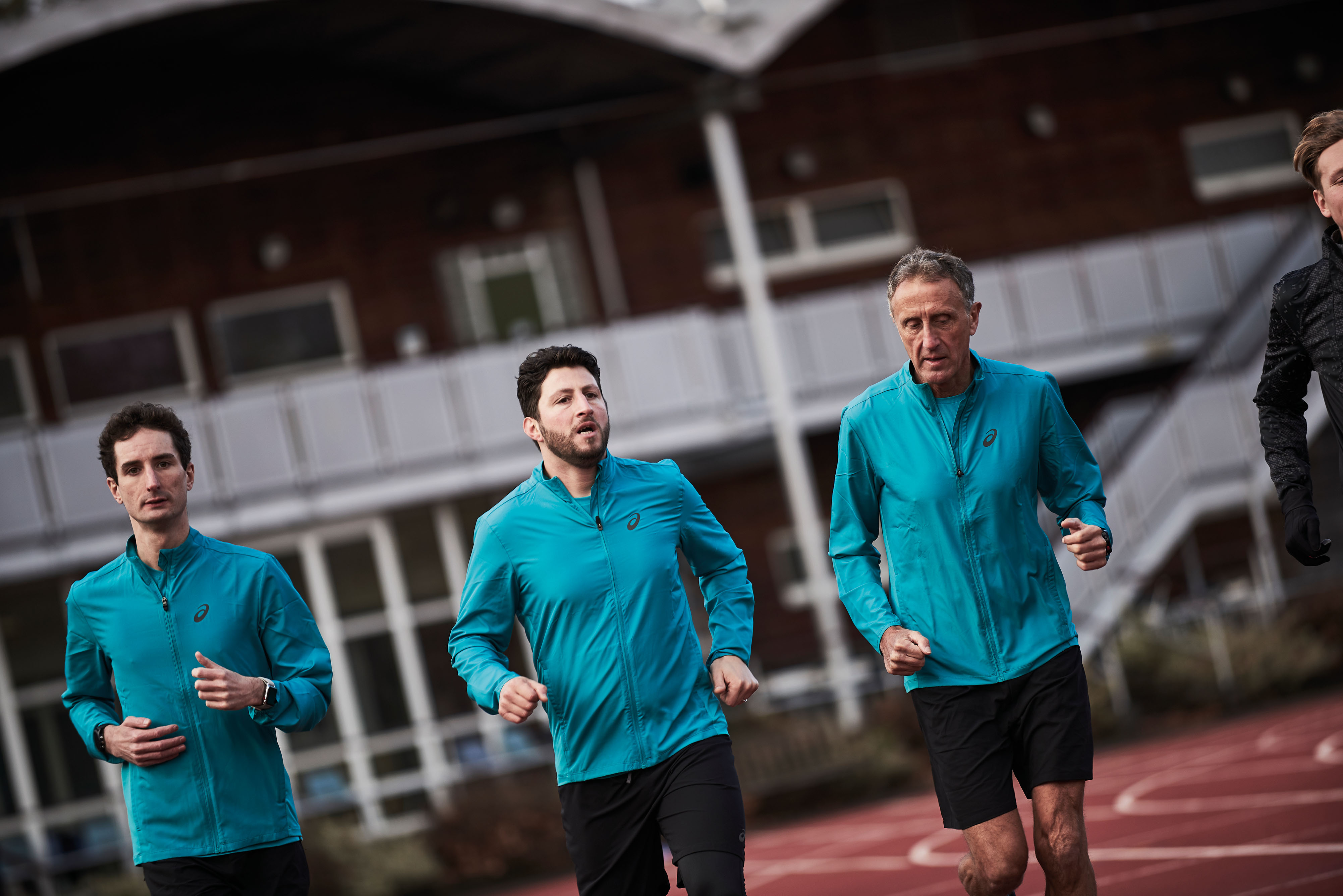“Time, he’s waiting in the wings” sang rock genius and lightning-faced David Bowie. And he wasn’t wrong. Human beings’ obsession with time has been a constant fixture since, well, time began. Their ability to be able to measure it, whether using the sun, sand, stars or, more recently, a stopwatch has added order to a previously chaotic world.
It has also added a different dimension to sporting performance – and it is this element of time that falls under the microscope at the latest exhibition at the Olympic Museum in Lausanne. Aptly named ‘Chasing Time’, it takes visitors on a journey through the time of sport, from a social, technological and artistic perspective. If that all sounds a bit high-brow – and to be fair, some of it is – no one will deny that some of the greatest moments in sport have been marked by time – and it is this which is the essence of this fascinating exhibition.
Of course, back in the good old days (and we’re talking ancient Greece, all leather thongs and sandals and bronzed bodies) time was a sporting irrelevance; the winner of any event – whether it was the 200 yard shield sprint or the completely macho wrestling bouts – was simply the man who could run the fastest, jump the highest or throw the furthest.
Essentially, this is still true today. When Usain Bolt crossed the line in the 200m at the Berlin World Championships in 2009, he had indeed run the fastest and beaten the pretenders to his crown as the world’s greatest ever sprinter. But the fact that he had broken the world record – clocking a breathtaking 19.19 – added extra frisson to an already sparkling performance. Yes, the crowd cheered because he had won; but they positively erupted when it became evident he had broken the record. This is the effect of time on sport.
Time often decides between winners and losers, and is used for setting records, and yet you learn how time goes beyond mere individuals; it is time that generates passions, emotions and the vast enthusiasm which spectators also experience. The 10 seconds, or less, it takes a sprinter to run a 100m race is experienced so differently by every member of the crowd watching.
Technology is clearly on show here. Much is made of the development of high-precision systems for measuring and recording time with the sophisticated equipment of today. The exhibition aims to shed light on how time is divided into thousandths of seconds and how individual athletes experience and manage the time spent in competition.
Visitors will also learn how races involve both an objective measurement of time and, paradoxically, a certain timelessness, a moment out of time. They will see how sport, philosophy and science come together in sporting competition, and how time is experienced differently by sprinters, marathon runners and boxers. Champions offer their own thoughts. There’s particularly striking footage of Abebe Bikila winning the Olympic marathon; for athletics aficionados and running nuts there is much on show here.
‘Citius, altius, fortius’ – this is the Olympic motto. For those without Latin A Level, it means ‘faster, higher, stronger’. It’s a true today as it was when Baron Pierre de Coubertin instigated the first modern Olympics back in 1896. Little did he know that athletes would continue to push the boundaries of sporting excellence, propelled by nothing other than time.
• The Chasing Time exhibition at the Olympic Museum, in Lausanne, will be running until January 2015, www.olympic.org/museum



